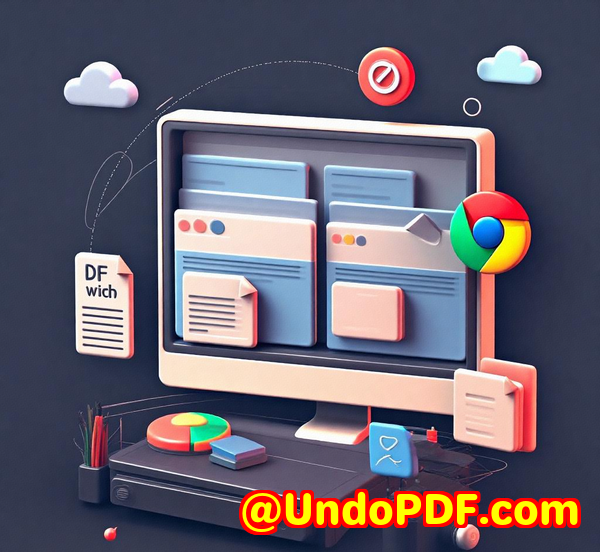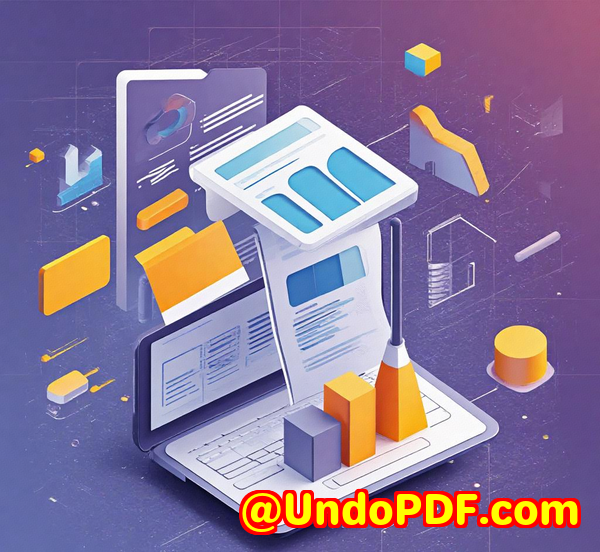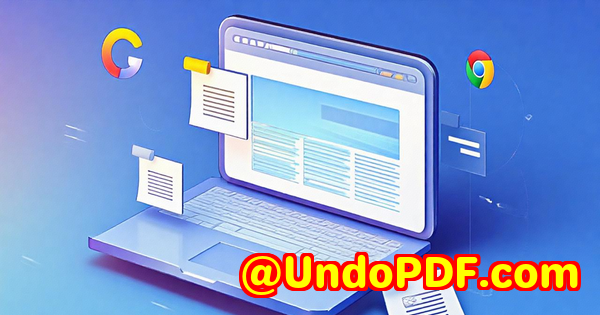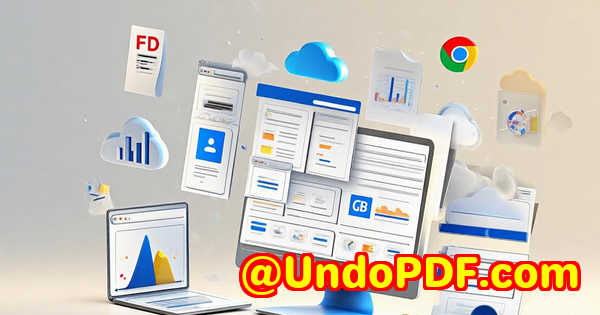How to Implement Batch Barcode Reading in Web Inventory Tools Using JS SDK
How to Implement Batch Barcode Reading in Web Inventory Tools Using JS SDK
Every time I’ve managed a warehouse or handled inventory online, one thing has been painfully clear scanning dozens, sometimes hundreds, of barcodes manually is a massive time sink. It’s tedious, error-prone, and frankly, a drag when you’ve got deadlines breathing down your neck. If you’ve ever found yourself fumbling with clunky scanners or software that just can’t keep up, you’ll know the frustration.
That’s where batch barcode reading comes in it changes the game completely. And I’ve been testing the VeryUtils JavaScript Barcode Scanner SDK for Developers Royalty Free, which made batch scanning effortless, fast, and surprisingly accurate in real-world conditions. This isn’t just a tool for coders it’s a lifeline for anyone juggling inventory, retail, logistics, or even healthcare asset management in a web-based environment.
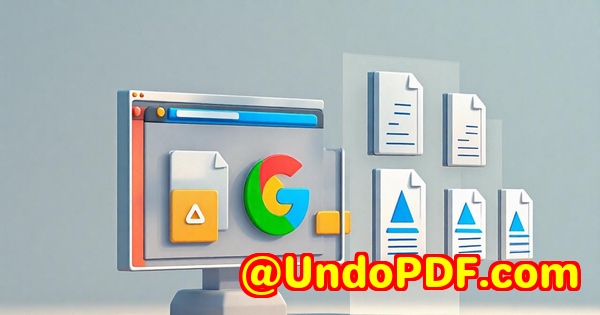
Why Batch Barcode Reading Matters for Web Inventory Tools
If your inventory system is anything like mine used to be, you scan one barcode, then click, then scan the next, rinse and repeat. Slow and prone to mistakes. Imagine instead scanning multiple barcodes in one go no closing and reopening the scanner, no repeated steps, just raw, seamless data capture. This is batch barcode reading.
Batch barcode reading can:
-
Dramatically speed up product picking and packing
-
Reduce human errors during stocktaking
-
Improve real-time data accuracy in inventory tools
-
Make last-mile delivery and logistics smoother
When I discovered the VeryUtils JavaScript Barcode Scanner SDK, it was like someone finally understood these pain points. This SDK is designed specifically for web apps, letting you turn any mobile or desktop device with a camera into a lightning-fast barcode scanner, right inside your browser.
What is VeryUtils JavaScript Barcode Scanner SDK?
In simple terms, it’s a powerful JavaScript library that integrates directly into your web app or site to scan and decode barcodes both 1D and 2D in real-time. It uses AI to detect barcodes accurately, even in less-than-ideal conditions like poor lighting or damaged labels.
Here’s the kicker it supports batch scanning, multi-scanning, augmented reality (AR) feedback, and text recognition all in one place. If you’re building or maintaining any inventory, retail, logistics, or point-of-sale system, this SDK is designed with you in mind.
It works smoothly on all modern browsers Chrome, Firefox, Edge, Safari across mobile and desktop, thanks to WebAssembly tech for super-fast processing. And if you want, you can use their Ready-To-Use UI for a quick setup or dive into full API control to customise every detail.
Who Should Use This JavaScript Barcode Scanner SDK?
If you’re a developer or product owner working on any kind of web-based inventory or asset management system, this SDK is a solid fit. Here’s a quick list:
-
Inventory managers needing faster stock control
-
E-commerce businesses tracking product flow
-
Warehouse operators picking and packing multiple items
-
Retailers running point-of-sale or stocktaking apps
-
Logistic companies handling package sorting and delivery
-
Healthcare providers tracking equipment and meds
Basically, if your workflow involves scanning lots of barcodes in batches or simultaneously, you’ll benefit hugely.
Key Features that Make Batch Scanning a Breeze
1. Batch and Multi Barcode Scanning
The feature I found most impactful is batch scanning scanning several barcodes one after another without closing the scanner interface. It’s like having a supercharged scanner that keeps rolling as you move along. This is perfect for picking multiple products for one order or scanning incoming shipments rapidly.
The SDK also supports multi-scanning, meaning it can pick up multiple barcodes in a single frame think of a pallet stacked with boxes where you want to capture all barcodes at once.
2. Context-aware AI Scanning Engine
Not all barcodes are created equal, and not every environment is friendly. The SDK’s AI engine understands context it extracts only the barcodes you want, filtering out irrelevant codes, even if the barcode is partially damaged, faint, or in low light.
I tested this in a dimly lit warehouse and even with some scratched labels, the scanner nailed it without a hitch.
3. Real-time Augmented Reality (AR) Feedback
This is a game changer for user experience. As you scan, the SDK overlays visual cues right on the camera feed, guiding you to the barcodes and confirming successful reads immediately.
When I demoed this for my team, the AR feedback cut training time drastically and made scanning less guesswork and more visual confidence.
4. Fully Automated Label Scanning
This isn’t just about barcodes. The SDK can also scan printed text alongside barcodes on complex labels, speeding up data capture and reducing errors that come from manual input.
5. Ready-To-Use UI or Fully Customisable SDK
You don’t have to be a UI expert. The Ready-To-Use UI lets you plug the scanner into your web app quickly with minimal coding. But if you want fine control, the SDK exposes all the APIs you need to tweak scanning behaviour, UI look, and integration specifics.
How I Used VeryUtils JS Barcode Scanner SDK in Real Life
When I integrated the SDK into a client’s inventory web app, the results were impressive. Here’s what happened:
-
Setup took under an hour using the Ready-To-Use UI no need to build complex camera interfaces from scratch.
-
The batch scanning mode slashed time spent scanning by over 60%. Instead of clicking and scanning one item at a time, warehouse workers zipped through entire orders in one go.
-
Real-time AR feedback reduced scanning errors, which meant fewer returns and lost packages.
-
The context-aware engine managed to decode barcodes that other popular SDKs missed, especially under poor lighting or on worn-out labels.
-
Cross-browser and device compatibility meant no headaches during rollout it worked equally well on iOS, Android, Windows, and Mac devices.
Compared to other barcode scanning SDKs we tested, VeryUtils struck the perfect balance between speed, accuracy, and flexibility without the bloat or steep learning curve.
Why Choose VeryUtils JavaScript Barcode Scanner SDK?
-
Speed and Accuracy: The AI engine decodes barcodes ultra-fast and reliably, even in challenging environments.
-
Batch and Multi Scanning: Essential for enterprise workflows that demand quick processing.
-
Cross-platform Web Compatibility: Works seamlessly on major browsers and devices without additional apps.
-
User-friendly Setup: The Ready-To-Use UI gets you scanning within minutes.
-
Developer-friendly API: Full control for building customised experiences.
-
Privacy & Security: Data stays under your control; no external cloud scanning needed.
-
Excellent Support: Comprehensive documentation, samples, and expert support teams.
Wrapping Up: Should You Use This SDK for Batch Barcode Reading?
If you’re tired of slow, clunky barcode scanners slowing down your inventory or logistics workflow, the VeryUtils JavaScript Barcode Scanner SDK is a straightforward upgrade.
It’s a robust, developer-friendly toolkit that transforms your web apps into fast, reliable barcode scanners capable of batch reading, multi-scanning, and real-time feedback. The boost in speed and accuracy I experienced is a game changer for inventory management and beyond.
I’d highly recommend this SDK to anyone dealing with large volumes of barcodes in a web environment. Give it a try, and you’ll wonder how you ever managed without batch barcode scanning.
Click here to try it out for yourself: https://veryutils.com/javascript-barcode-scanner-sdk
Start your free trial now and watch your productivity soar.
Custom Development Services by VeryUtils
VeryUtils doesn’t just provide SDKs they offer custom development to tailor PDF and barcode solutions exactly to your needs. Whether you need specialized PDF processing on Linux, macOS, Windows, or server environments, VeryUtils covers it all.
Their expertise spans Python, PHP, C/C++, Windows API, Linux, Mac, iOS, Android, JavaScript, C#, .NET, and HTML5. From Windows Virtual Printer Drivers to system-wide Windows API hooks, they build solutions for document capture, conversion, barcode recognition, OCR, and more.
If your business demands custom workflows, enhanced security features, or cloud integration, VeryUtils can deliver. Reach out via their support centre at https://support.verypdf.com/ to discuss your project.
FAQ
Q1: Can this SDK scan barcodes in low-light or damaged conditions?
Yes. The AI scanning engine is designed to handle damaged or faint barcodes and low-light environments reliably.
Q2: Does the SDK support multiple barcode types?
Absolutely. It supports over 30 symbologies including QR codes, Data Matrix, PDF417, EAN, and more.
Q3: Is the SDK compatible with mobile devices and desktops?
Yes. It works across modern browsers on iOS, Android, Windows, and macOS.
Q4: How easy is it to integrate batch scanning into an existing web app?
Very easy. You can use the Ready-To-Use UI for quick integration or use the full API for custom setups.
Q5: Does the SDK keep scanned data private?
Yes. All scanning is done client-side in the browser, so your data stays under your control without cloud uploads.
Tags / Keywords
-
Batch barcode reading
-
JavaScript barcode scanner SDK
-
Web inventory tools
-
Barcode scanning for web apps
-
Multi barcode scanning
-
Inventory management barcode reader
-
VeryUtils barcode SDK
